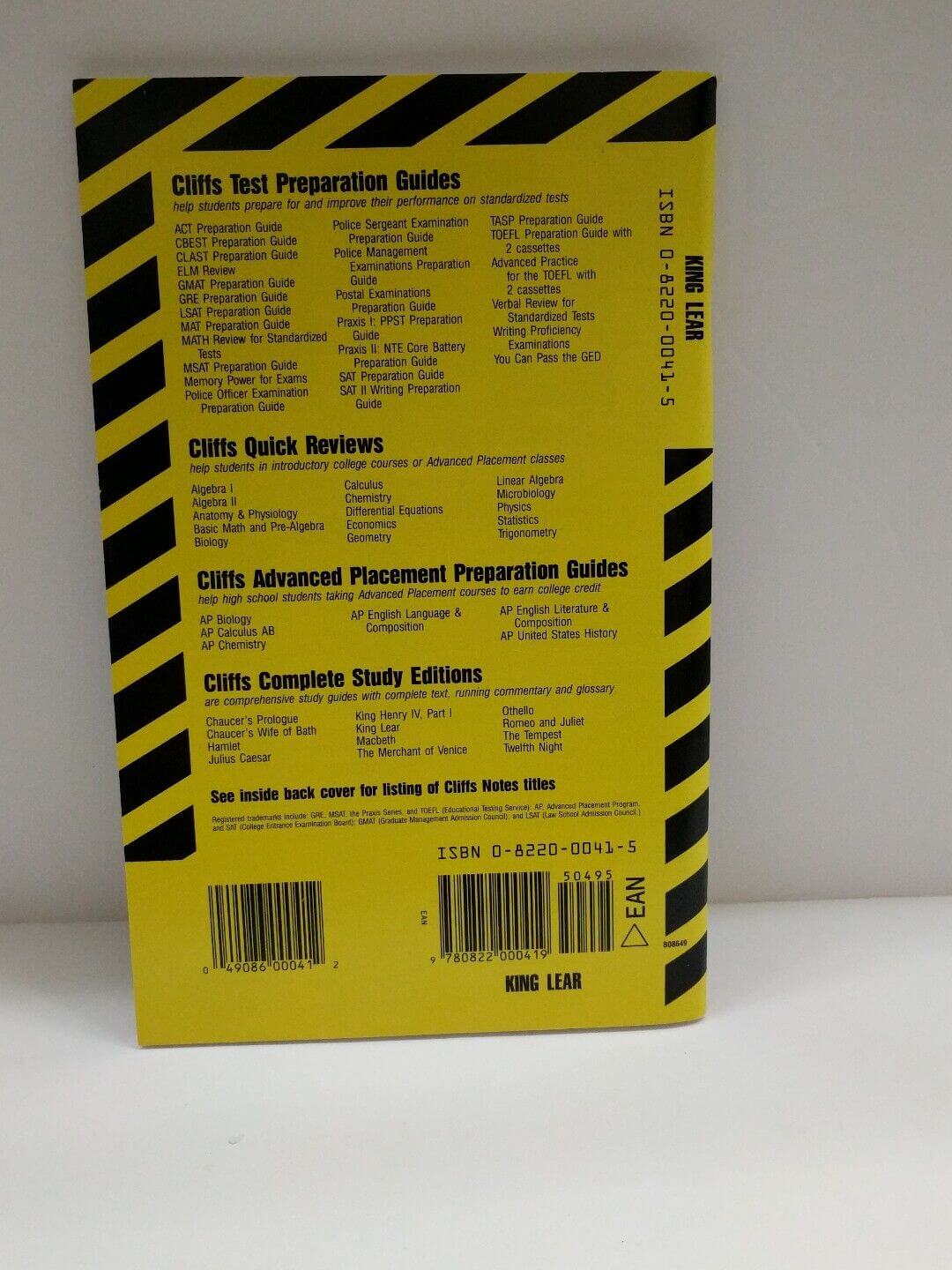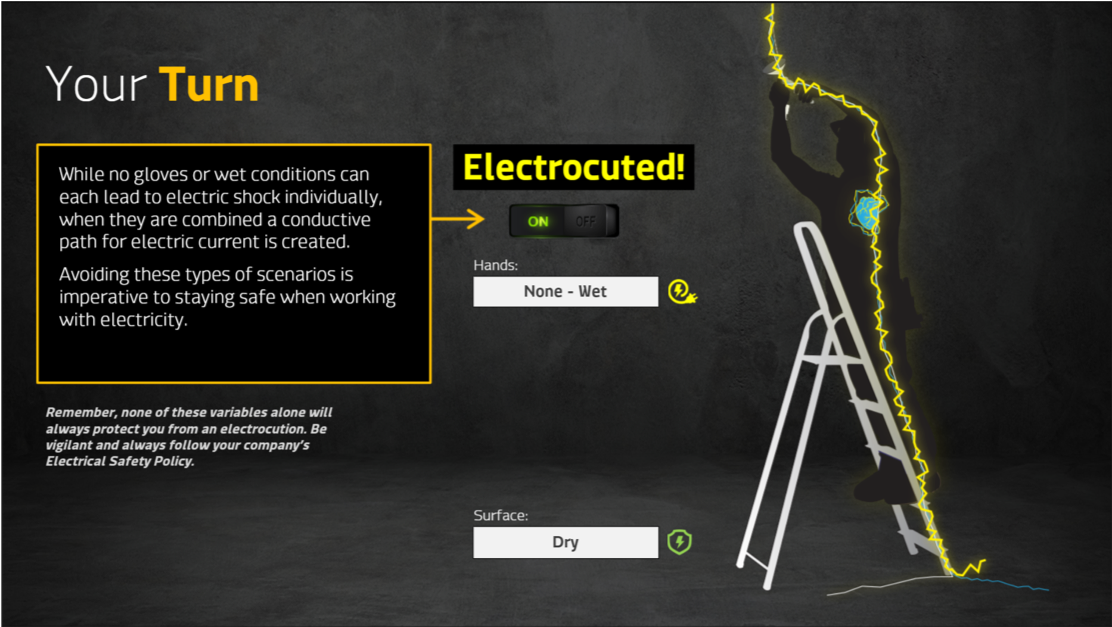Effective workforce training creates behavioral changes by reinforcing material through repetition. But you can’t just repeat the same thing over and over.
Repetition Is Essential for Workforce Training
Humans learn through repetition. The only way to become knowledgeable about something and get better at it is to practice it. This is basic neuroscience. As brain training company Peak explains:
“Whenever we perform an action, for example, kicking a soccer ball, the neurons involved in that action start firing electrical signals, or action potentials, and form an active network of cells. One effect of repeatedly practicing the action may be increasing myelin around the network, leading to faster and more efficient processing of the cell signals—and better performance.”
(Don’t worry—you won’t be quizzed on this.)
…But You Can’t Just Repeat the Same Thing Over and Over
Neuro-speak aside, the stuff humans tend to remember is the stuff that has meaning to us. Nothing’s going to linger in that brain unless it’s interesting or useful in some way.
What we learn—and how we learn it—matters.
You could spend hours drilling dates, names, and terms like “October 21st, 1919,” “Archduke Franz Ferdinand,” “Article 231,” and “Carthaginian peace” and not remember any of it tomorrow.
On the other hand, if you learn that the Treaty of Versailles ended one of the bloodiest wars of all time but may have contributed to the rise of Hitler and the Nazis, you have context for those details—and a reason not to forget about them.
The value of the information needs to be clear to both sides: the learner and the instructor (that’s you). Remember: you’re training your workers on how to do their jobs better and more safely. You’re not teaching to the test. The information has to stick and it has to make a difference—it needs to change people’s behaviors.
Training Best Practice #4: Promote Behavioral Change Through Repetition
Effective repetition is simple in theory, but not always obvious in execution. It starts with instruction (“here’s what you need to know about this topic”) and gets reinforced through practice (“try this interactive exercise,” “see if you can pass this true/false quiz”).
How NOT to do it:
1. Deliver repeated content over and over.
2. Rinse and repeat. And repeat again.
How TO do it:
1. Stick to a routine schedule. Many training courses should happen annually, every three years, or on other regular basis. Even if it’s just a 5- or 10-minute review of a training topic, every form of reinforcement makes a difference.
2. Create different learning activities. After you present basic knowledge on a topic, break it down and make it specific to your organization. Imagine you’re conducing a training on sexual harassment, for instance. First, everyone learns the same core content. After that, you may decide to encourage employees to split into pairs or small groups and discuss what they learned.
3. Deliver training in different ways. Group discussion is just one method of reinforcing training. Consider other activities that suit your employees’ various learning types. Examples include videos, audio narratives, live performances, role-plays, and journaling. You can also look for opportunities to bring in your company’s harassment prevention policy and gather questions about your specific rules and requirements. The more learning methods you can incorporate into training, the more relevant and memorable the material becomes.
4. Apply it to the job immediately. Reinforce learning right away, and connect it to employees’ lived realities. The sooner you have employees apply what they’ve learned to their jobs, the better the rates of information retention you’ll see. The keyword here is relevance—make it relevant to your company, to the job, to the employee.
All of this repetition ultimately creates habits. That’s where behavioral change happens. You can’t change behaviors with a check-the-box, one-and-done training solution. To make training stick, you have to shift the mindset from mere compliance to doing the right thing. Make no mistake: this is work. It requires more effort on your and your employees’ parts. But with that extra work, you’re nurturing lasting habits—and building a true safety culture as a result.
What Does Effective Repetition Look Like?
Let’s look at an example of how KPA’s training solution reinforces training through repetition.
Ever cram for a test? You probably remember the flashcards, the highlighters, and the stacks of textbooks. How about the caffeine, or the tears, or the late-night panic attacks? Or that floaty, slightly nauseous mixture of relief, uncertainty, and sleep deprivation you felt when the test was finally over?
If you’re like most former high school students, I bet you remember all that pretty clearly. (If you’re like me, you still have nightmares about it.)
What you might not remember is what you were actually cramming into your brain. Sohcahtoa, the periodic table, the Peloponnesian War, King Lear, the Treaty of Versailles… Those details are long gone. In all likelihood, they exited your memory the very day you finished the test—as soon as you put down your pencil.
If you’re not careful, the same thing could be happening for the employees engaging with your safety training program.

Does this picture give you the willies like it does for me?
Here’s a screenshot from our “Electrical Safety—General Awareness” training course. Learners are introduced to a risk factor for electrocution (wet hands) as well as the consequence (a life threatening shock). The lesson is presented as a story.
In the next screen, we present a question: “What if the employee had used personal protective equipment, such as rubber gloves?” The material here is framed as a formula, rather than through storytelling, offering another perspective and an opportunity to deepen the information for some learners.
And here we have an interactive simulation. Learners can find out for themselves how different combinations of gloves/no gloves, wet/dry hands, and wet/dry conditions lead to different outcomes.
(By the way, as we explained in our article about assessing prior knowledge, this approach doesn’t require an online learning management system or tech platform. You can do the same thing with printouts or conduct an interactive discussion as people walk around a staged environment.)
Remember the 4 Principles of Good Workforce Training
4. Promote behavioral change through repetition
Ensure Safety and Improve Productivity with Award-Winning Training By KPA
KPA offers award-winning training courses designed to help employees improve their performance on the job. Scenario-based learning modules educate learners on the laws and regulations that apply to their jobs. Our courses feature high-level interactivity and video-based content designed to hold learners’ interest and keep them engaged.
KPA training is…
- available online
- available on-site, led by our Risk Management Consultants,
- designed to help employees improve their performance on the job and improve compliance,
and - based on real-world stories and examples.
KPA’s training team has developed an extensive library of EHS, HR, and F&I training courses to meet your needs.
Check out the sample library of courses we offer.



